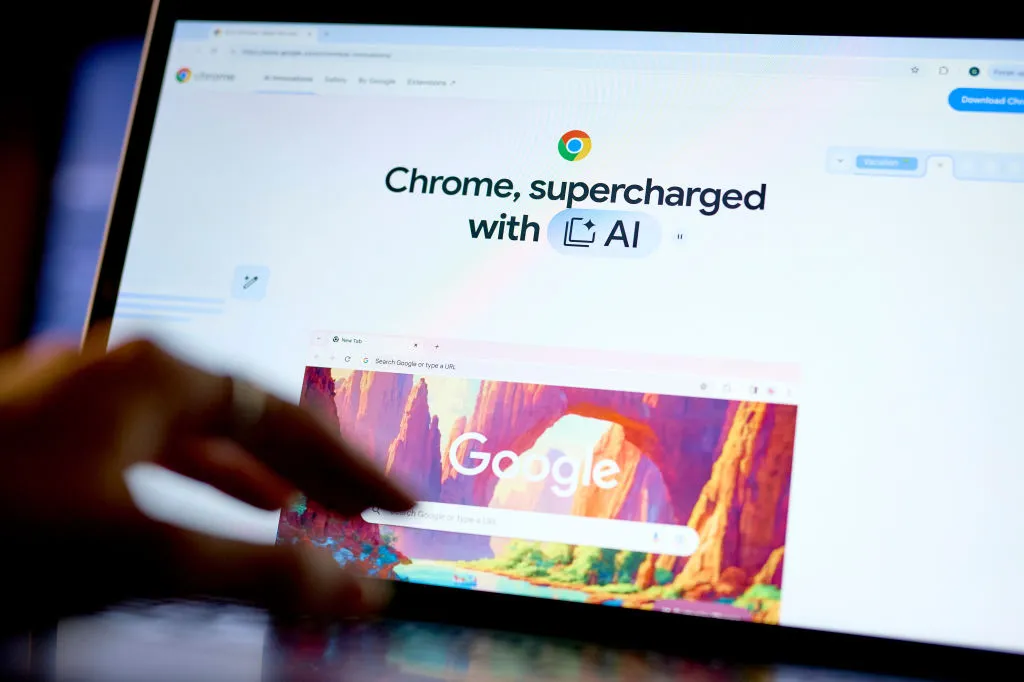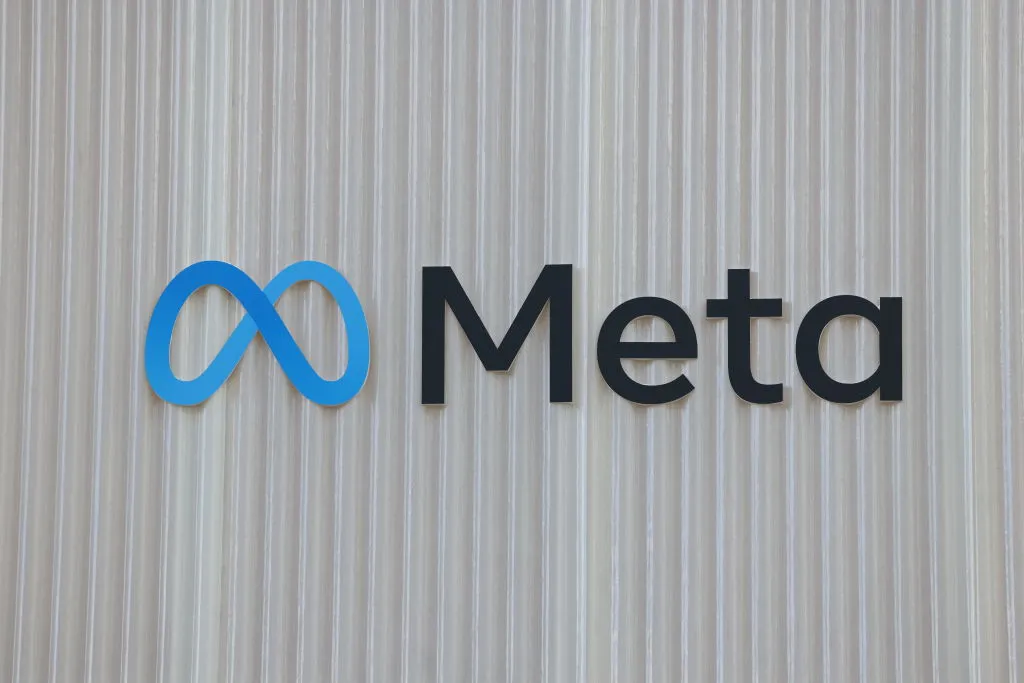


At EXWHYZEE Technologies Ltd, our mission is to empower individuals, businesses, and government entities through innovative IT solutions. Since our inception, we have been at the forefront of designing cutting-edge technologies to cater to diverse needs.
I am thrilled to share an exciting new initiative - the EXWHYZEE Digital Skills Training Program. Funded by the IGF Innovation Grant, we will train 1000 youths in Abia State on a range of digital skills, equipping them with the knowledge and tools to thrive in the evolving job market.
Our experienced team is dedicated to bridging the classroom-industry gap, ensuring participants gain practical, hands-on experience in the latest technologies.
To digitally automate every business in Nigeria and its surrounding regions, leveraging cutting-edge technology
We intend to develop the right human resources and software for every business using all industrial standards.
Our core value is to make life easy through technology, we trive to grow your business and impact positively to the society
At EXWHYZEE, our objective is to deliver tailored design solutions that align with our clients' business objectives.
We make serious research on all our projects ranging from getting the necessary information.
Our project development teams now takes this next step in turning the information gathered to a tangible solution
After development, our team of software tester ensures that the solution is functional and can serve the purpose it was created.
The project now been developed is handed to our esteemed clients as a final solution/product.





An increasing number of web browsers are beginning to test agent-based features designed to perform tasks on users’ behalf, such as purchasing items or booking tickets. While these capabilities offer convenience, they also introduce potential security concerns that could result in financial loss or data exposure.

Amid an unprecedented wave of AI development, Meta is outspending most of its competitors. The company is currently constructing two massive data centers, and reports suggest that U.S. infrastructure investments could reach as high as $600 billion over the next three years.

X is rolling out a new marketplace that lets Premium subscribers request and purchase inactive usernames. The platform will include both free and paid options for acquiring available handles, with rare ones priced anywhere from $2,500 to several million dollars, according to X.

OpenAI unveiled its new Atlas web browser during an unexpected livestream event, which began with CEO Sam Altman addressing the audience directly.

Meta announced on Thursday that it is expanding Teen Accounts to Facebook and Messenger users worldwide, after previously limiting the feature to teens in the U.S., U.K., Australia, and Canada. Originally introduced on Instagram last fall, these accounts include built-in safeguards and parental controls to create a safer online environment for younger users.

OpenAI announced on Tuesday that, together with Oracle and SoftBank, it will build five new AI data centers in the U.S. through its Stargate project. The expansion will raise Stargate’s capacity to 7 gigawatts, enough electricity to serve over 5 million homes.

Meta has introduced a new line of smart glasses powered by its AI technology, strengthening its push to make them a global must-have accessory.

In a move to support Africa’s digital advancement, Google announced free one-year AI Pro subscriptions for students in Nigeria and seven other African countries.

Apple held its latest hardware event today, unveiling the iPhone 17 lineup alongside refreshed versions of the Apple Watch and AirPods. The new iPhone 17 models feature larger displays and enhanced camera capabilities, and Apple has introduced a new ultra-thin iPhone Air, which replaces the previous Plus version.

Google announced on Thursday that Gmail is introducing a new “Purchases” tab designed to give users a quick snapshot of their upcoming package deliveries. The tab will consolidate all purchase-related emails—including past orders and shipments—into a single view.